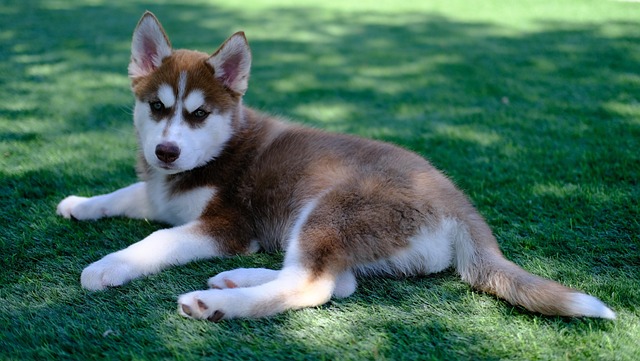
What is the best way to train a Husky puppy?
Ever walked into the living room to find your Husky puppy chewing on your favorite sneakers? That’s their working-dog energy looking for an outlet—and it’s where smart Husky puppy training starts.
New puppy owners often stare at a puddle on the living room rug and wonder where to start—this mess isn’t just frustrating, it’s a teachable moment, not a punishment. First, you need to tie training to their natural rhythm: puppies have tiny bladders, so take them out first thing in the morning, right after meals, naps, and playtime. Many places in Europe and North America have strict rules too—cities like Seattle or Amsterdam fine owners \(30–\)150 for uncollected puppy waste, so getting this right early keeps you on the right side of local dog laws.
Watch for their “tell” signs: if your puppy starts sniffing the floor in circles or scratching at the door, that’s their way of saying they need to go. Don’t wait—grab their leash and head to the same spot every time; consistency helps them link that area to potty time. Once they go, cheer them on and give a small treat—positive reinforcement works way better than scolding. Yelling or rubbing their nose in it just makes them scared to go near you, not scared to go inside.
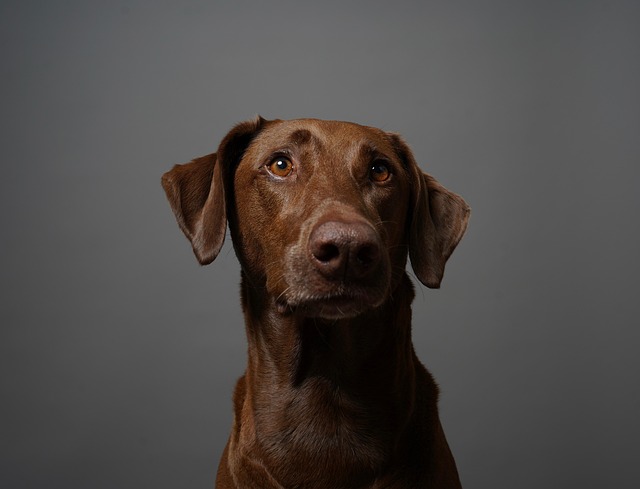 Accidents will happen, but how you clean them matters. Use an enzyme-based cleaner, not regular soap—soap leaves a scent puppies can still smell, making them want to go there again. Keep a roll of paper towels handy for quick cleanups, and if you’re crate training (a common trick in the US), make sure the crate is small enough they won’t want to soil their sleeping space. This isn’t about locking them up—it’s about helping them learn self-control.
Accidents will happen, but how you clean them matters. Use an enzyme-based cleaner, not regular soap—soap leaves a scent puppies can still smell, making them want to go there again. Keep a roll of paper towels handy for quick cleanups, and if you’re crate training (a common trick in the US), make sure the crate is small enough they won’t want to soil their sleeping space. This isn’t about locking them up—it’s about helping them learn self-control.
Remember, every puppy learns at their own pace. A 12-week-old Chihuahua might need more frequent trips outside than a 16-week-old Labrador, so adjust your schedule to their size and age. Some European countries even require puppy training classes as part of responsible ownership, which can be a great way to get hands-on tips and meet other owners. These classes often cover potty training alongside basic commands, making it a two-for-one win.
Rushing the process will only lead to more stress for both of you. If you’re struggling, check if your puppy has any health issues—UTIs or digestive problems can make potty training harder, and a vet visit (required for most dog licenses in North America) can rule that out. Most importantly, celebrate the small wins: the first time they signal to go out, the first week with no accidents—those moments mean you’re building a trustful bond, not just stopping messes.
Breaking a puppy from peeing and pooping indoors is about patience, consistency, and understanding their needs. You’re not just teaching them a rule—you’re helping them feel safe and confident in their new home. Stick to the routine, follow local laws, and soon that living room rug will stay clean, and your puppy will know exactly where to go when nature calls.

Ever walked into the living room to find your Husky puppy chewing on your favorite sneakers? That’s their working-dog energy looking for an outlet—and it’s where smart Husky puppy training starts.
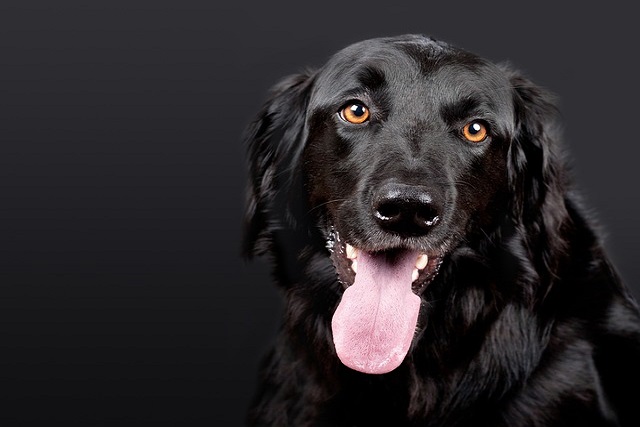
If you’re a new dog parent in the US—maybe you’re stuck in your Chicago apartment on a rainy Saturday, watching your 9-month-old rescue Beagle
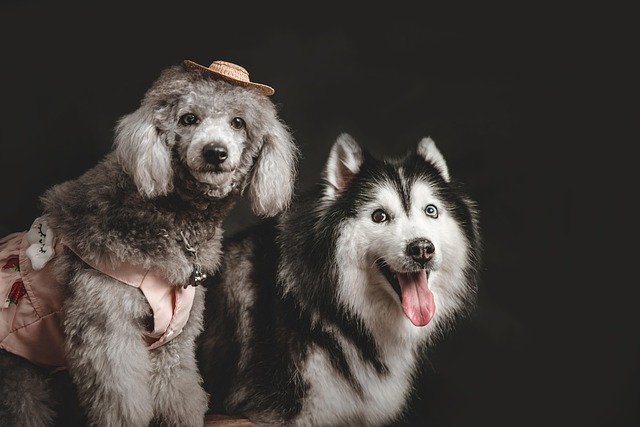
Most new puppy parents stress over accidents on the rug, but a 7-day plan can turn chaos into consistency—if you stick to routines that fit your daily life.
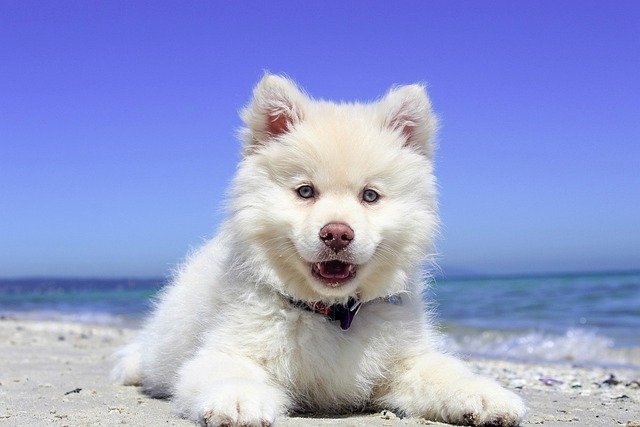
You’ve probably noticed how your dog’s nose takes over during walks—sniffing fire hydrants, grass patches, and that intriguing lamppost like it’s reading the morning newspaper.
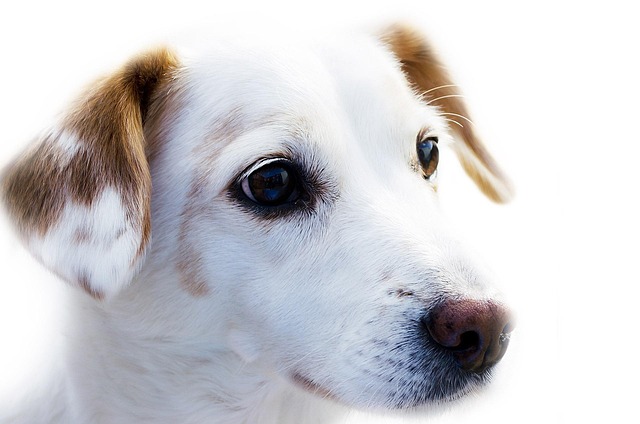
That tightening in your chest as you round a corner and see another dog approaching is a feeling many owners know.
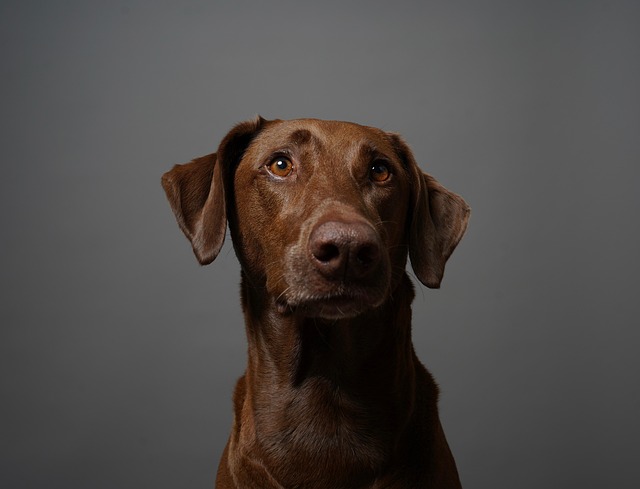
New puppy owners often stare at a puddle on the living room rug and wonder where to start—this mess isn’t just frustrating, it’s a teachable moment, not a punishment.